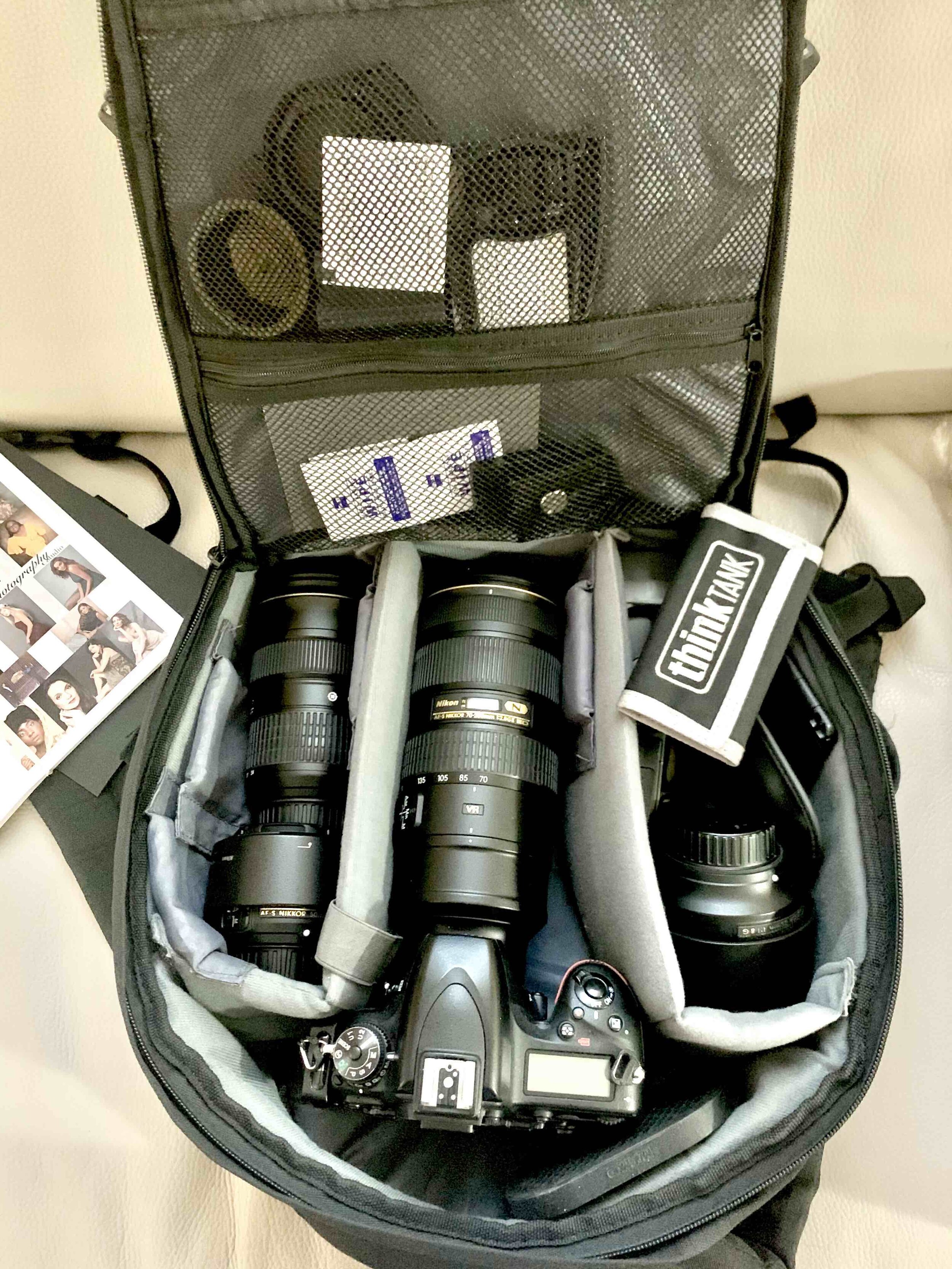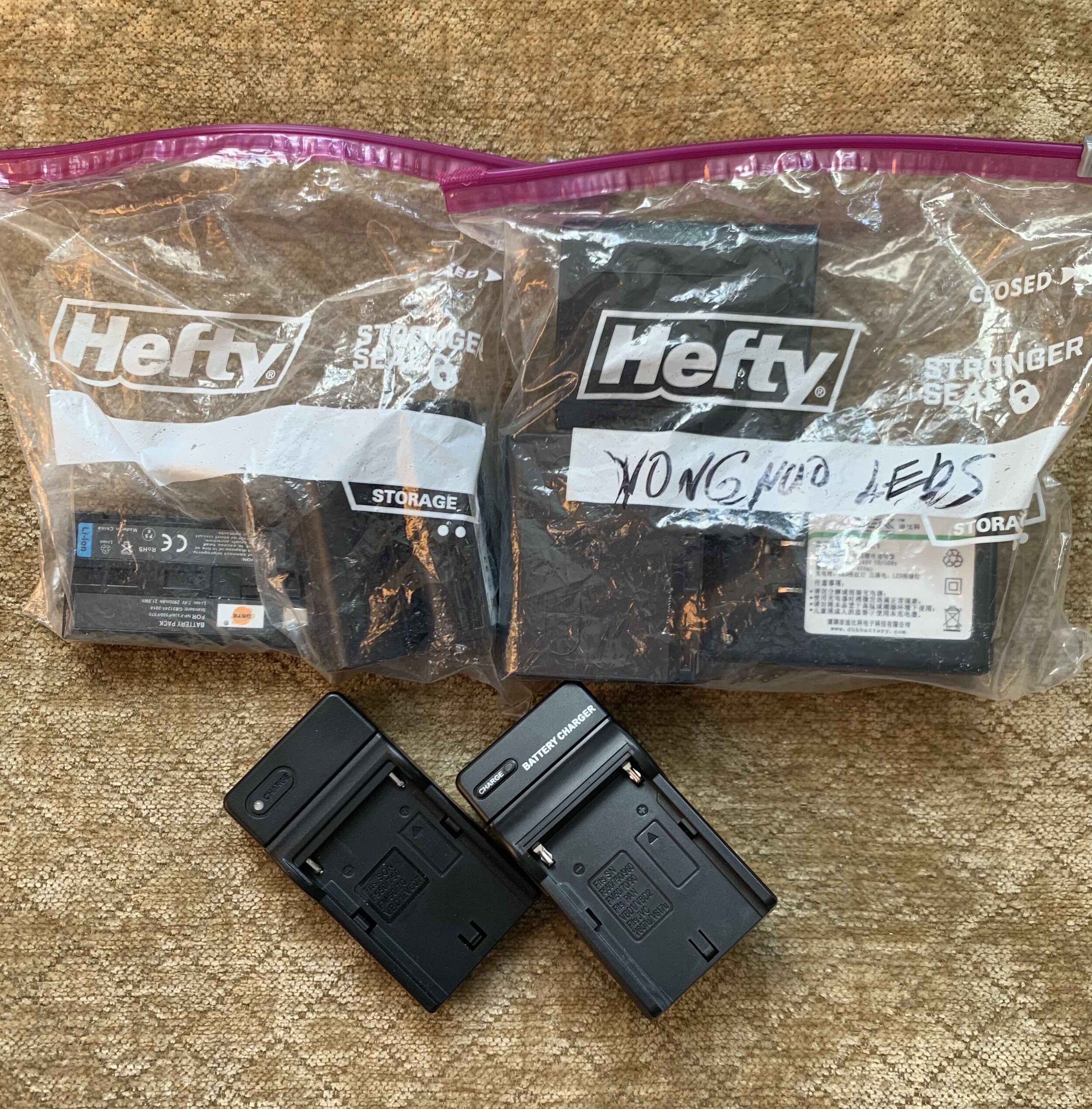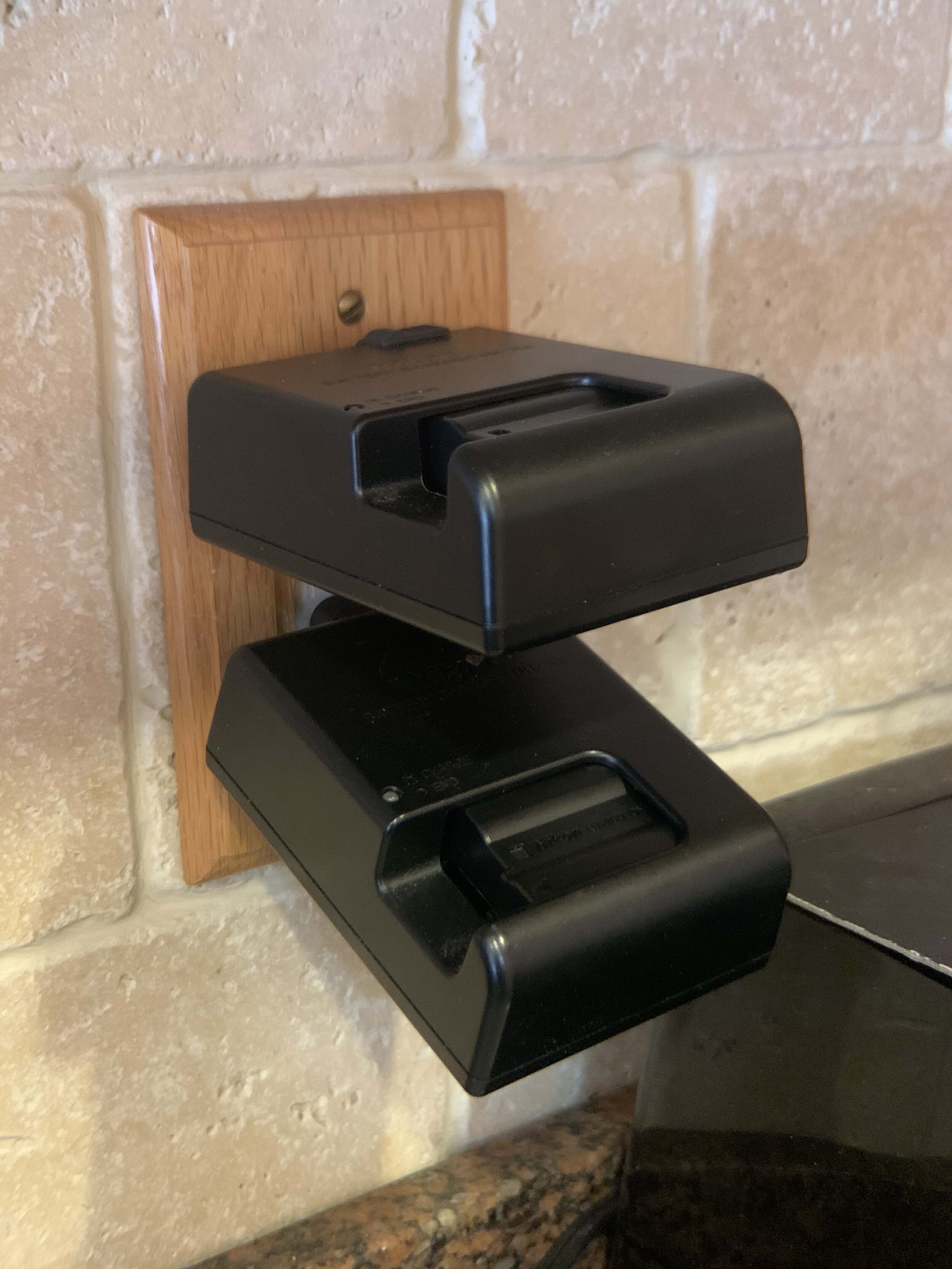Time to Talk About the Big”O”: Organization
In this week’s episode of Clued Up we take a deep dive into the importance organization to your photography life. No matter the genre you shoot, or whether you’re a hobbyist, semi-pro, or pro, it’s likely that you’ve figured out you’ve got to be organized. You’ve got to have a system for photography-related contacts, carrying gear, storing gear, processing your photos, and on and on! Organizing and developing systems for your photography simplifies and quickens almost everything that you need for a photoshoot. In this episode we talk about the big “O”! ORGANIZATION!!! I’m going to give you a few examples of how I organize different aspect of my photography life. Everyone needs to find what works best for them. Hopefully, after listening to this week’s episode, you get a few more ideas that may help you organize your photography life just a little better.
Simply put, there are so many parts to your photography, and especially to a photoshoot, that lack of organization is detrimental to your photography well-being.
Here are a few highlights from this week’s episode:
{1:48} It's [Lack of Organization] detrimental to your client, to your workflow, and to everything that you produce. Being organized assures a routine, it assures structure, and it has got to be an essential part of your workflow and your business.
{2:03} Let's break down this episode to segments of your photography life that require organization. I've divided them into three distinct areas:
Contact and interaction with clients, team members, and business partners.
Gear and equipment, and under this category, we include the gear that you carry, gear in your studio or your home, and gear that you store.
Post processing.
{4:13} Something with a little bit more capability is an app, or I guess it's best to call it online software that I use called Air Table.
Air Table Sample





